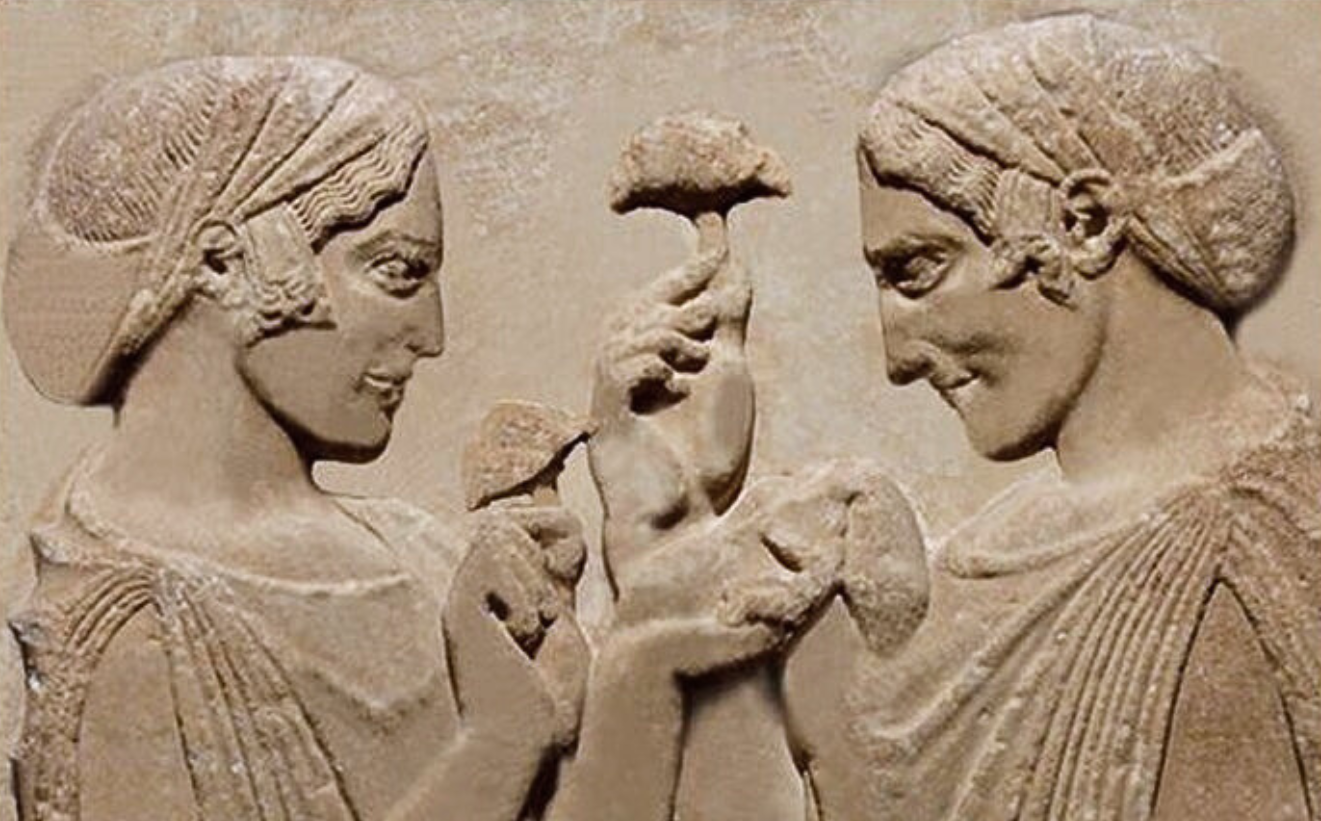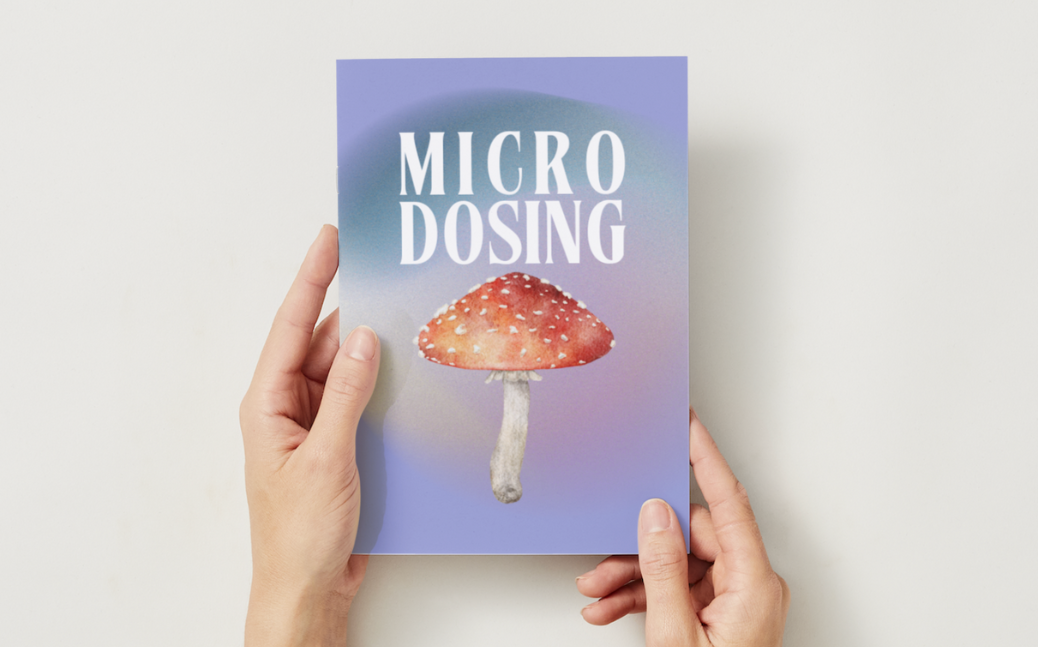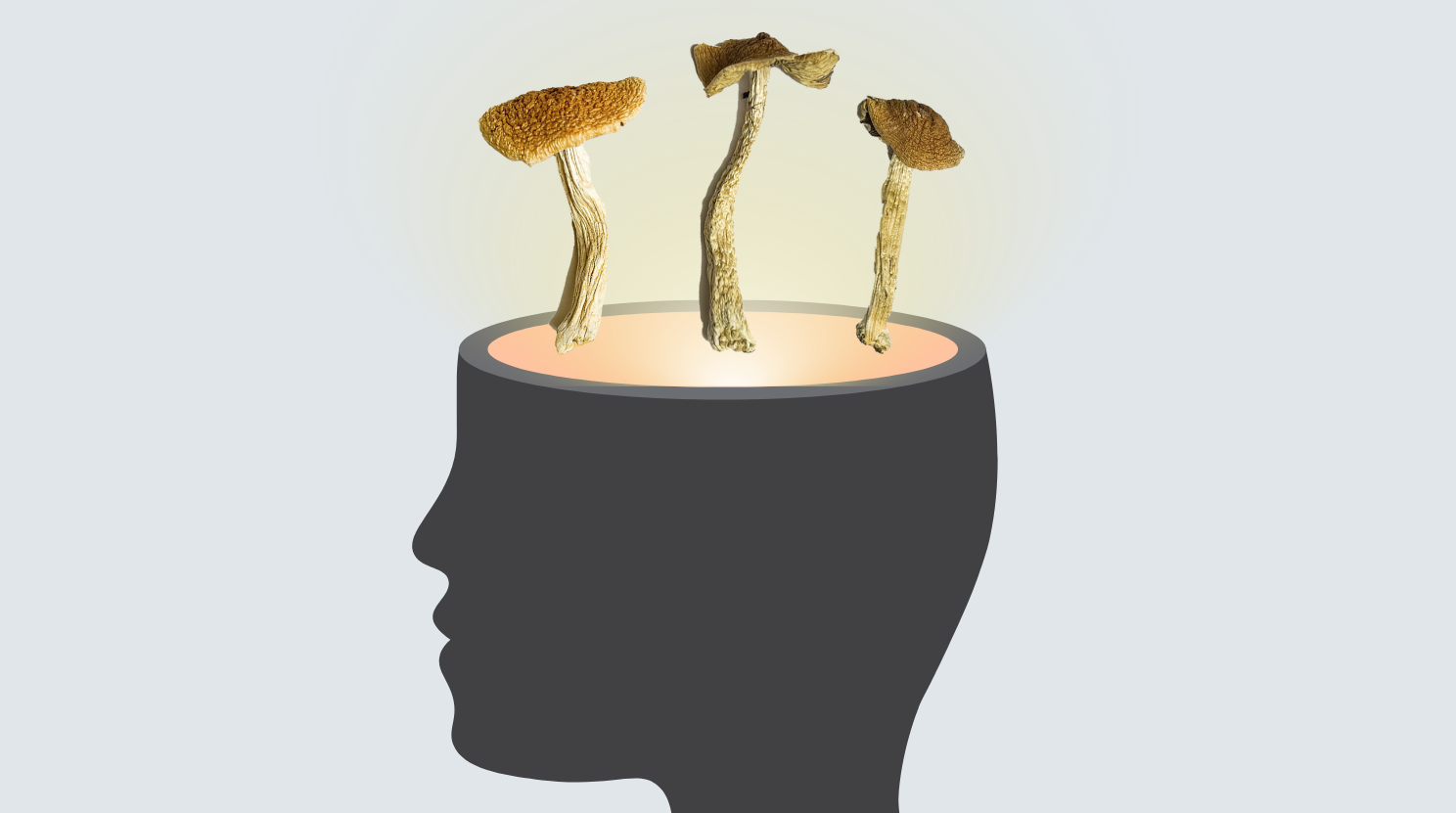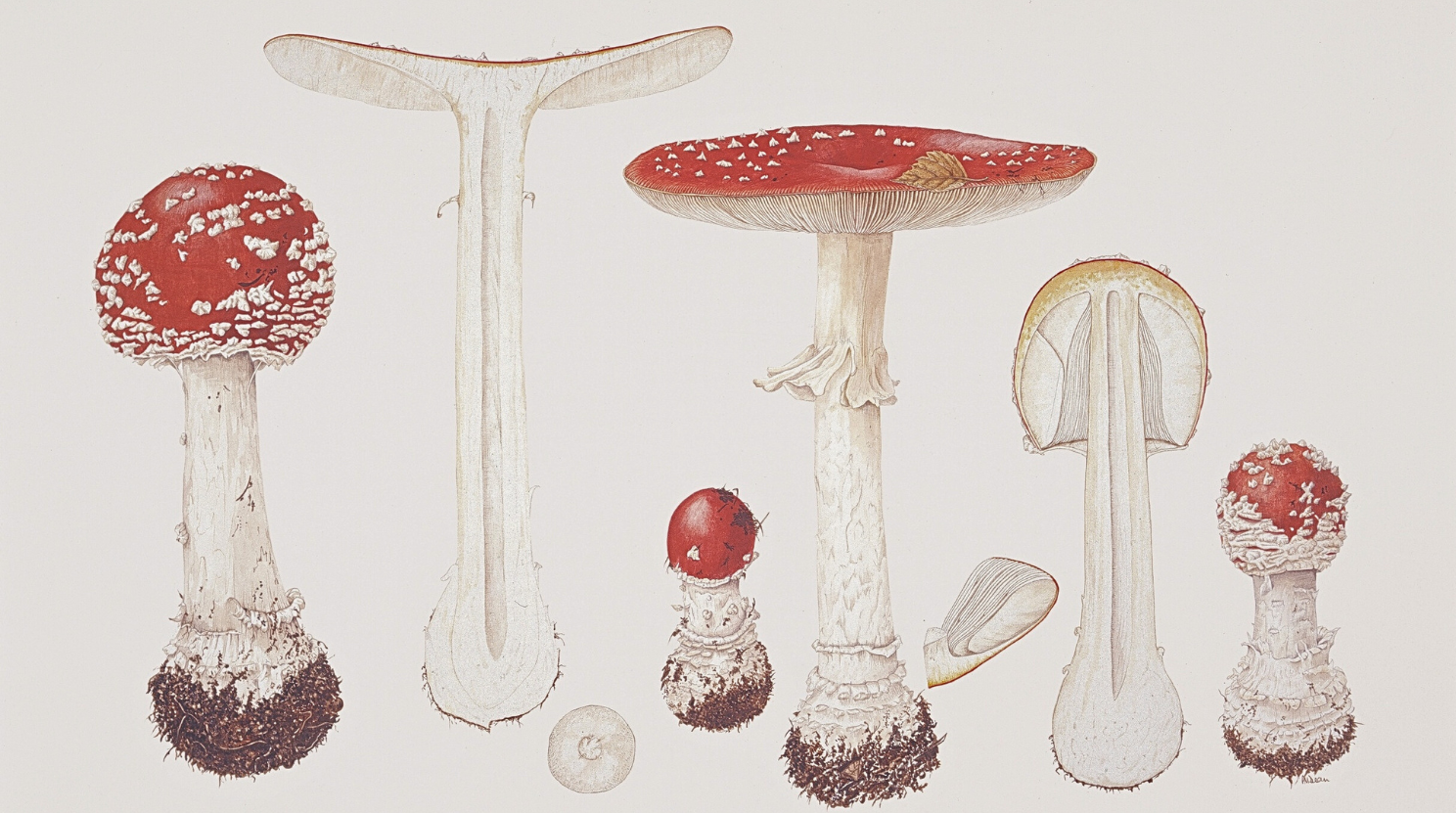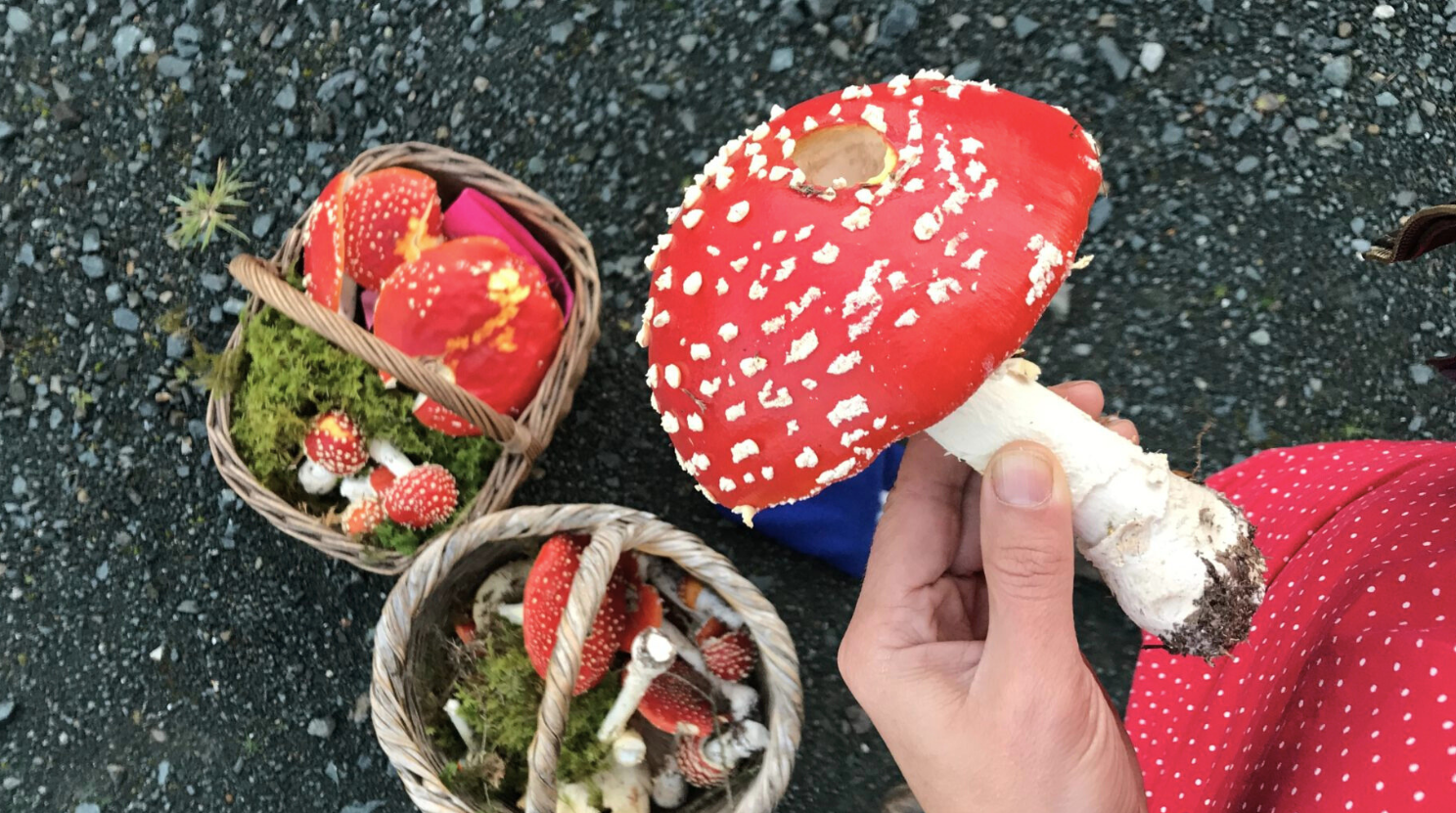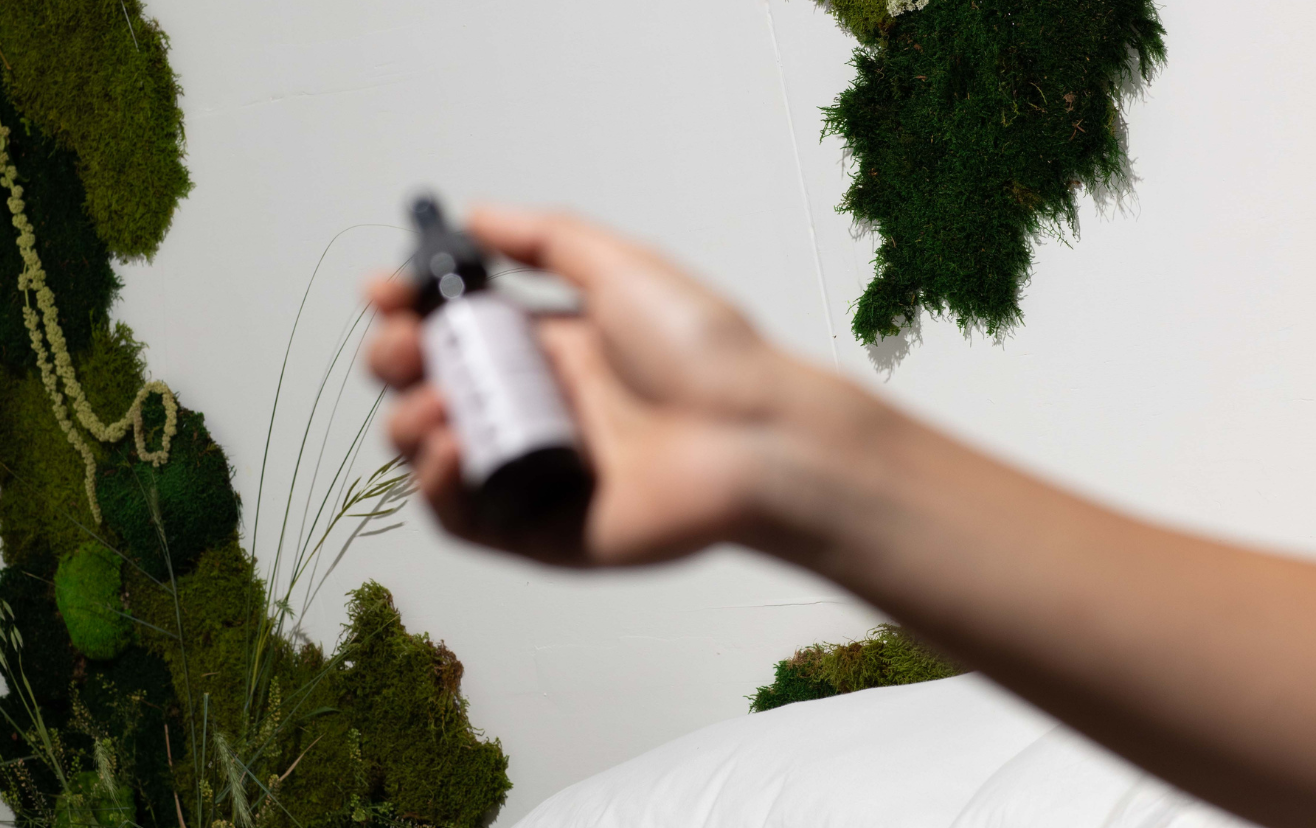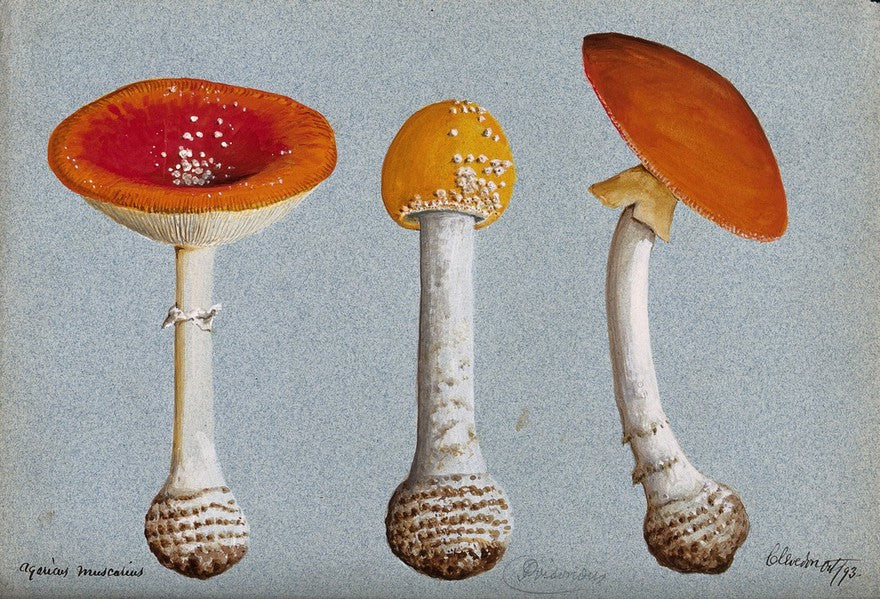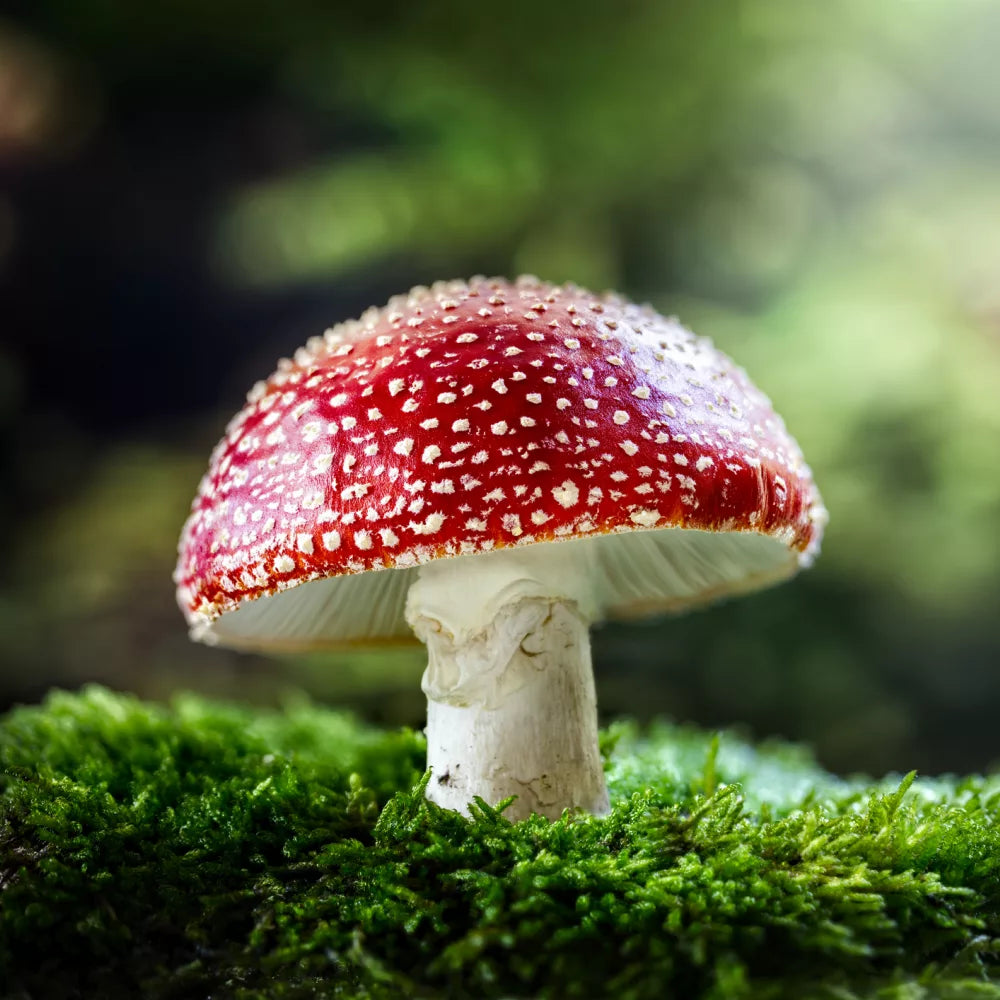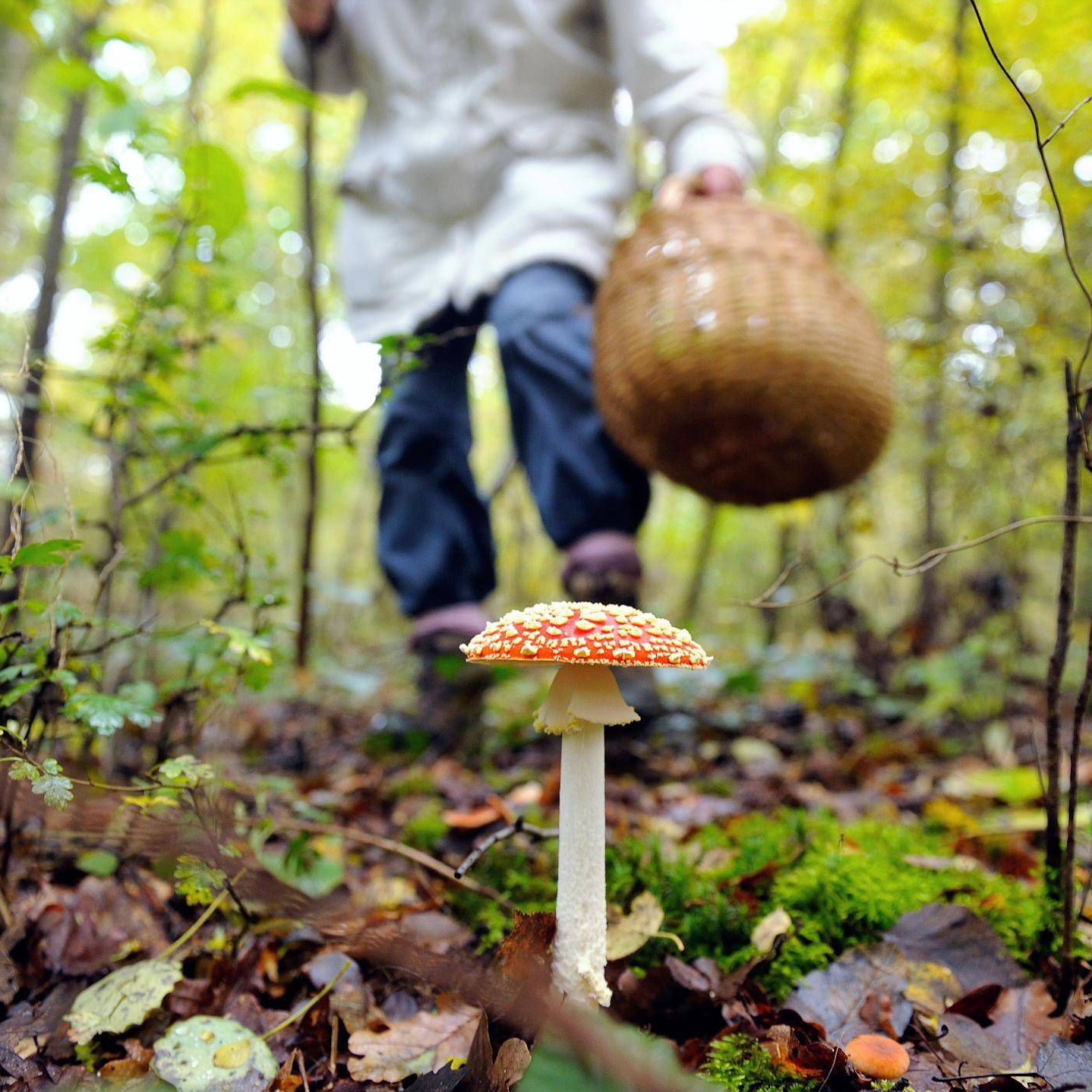
Learn about Calm
Discover the benefits of Amanita Muscaria through our comprehensive articles.
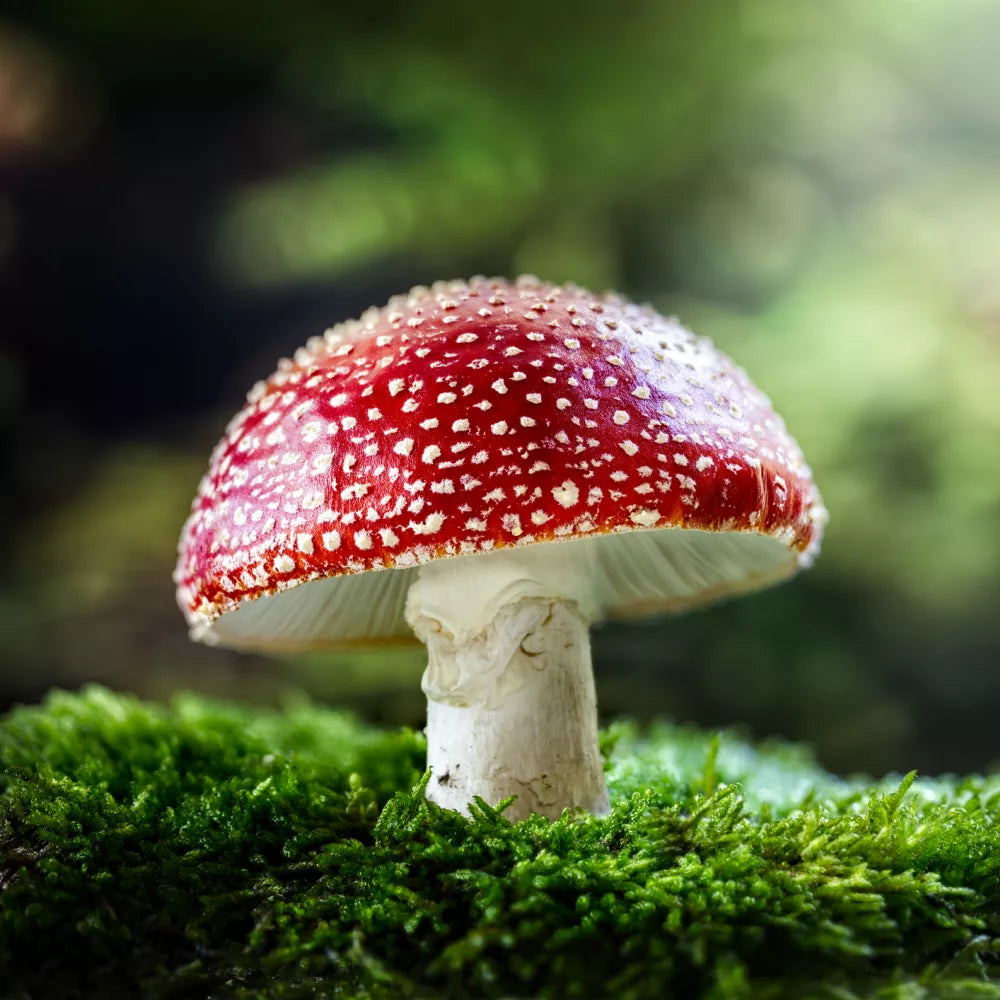
Amanita Muscaria
The most famous and easily recognisable mushroom in the world. Widely popularized by Lewis Carrol’s The Adventures of Alice in Wonderland, the mushroom has been used in traditional healing practices for centuries.

Early Use
Shamanic tribes across Central and South America have turned to Amanita Muscaria to repair the mind, body, and spirit for over 5,000 years.
In Northern Europe, Siberian tribes used it in winter solstice ceremonies for its restorative properties. In Vedic Aryan traditions, it was known as “Soma,” meaning “The Divine Mushroom of Immortality,” and known for its relaxing effects.
During Greek and Roman times, mushrooms were often used to treat serious physical conditions and illnesses.
Later, during the Renaissance medical revolution, physicians and natural scientists heavily researched the healing properties of mushrooms to isolate their restorative powers and harness them to treat a wide range of physical illness. By the end of the nineteenth century, medical centres across Europe began paying serious attention to the methodology in detoxifying mushrooms to treat and heal psychological and physical problems.
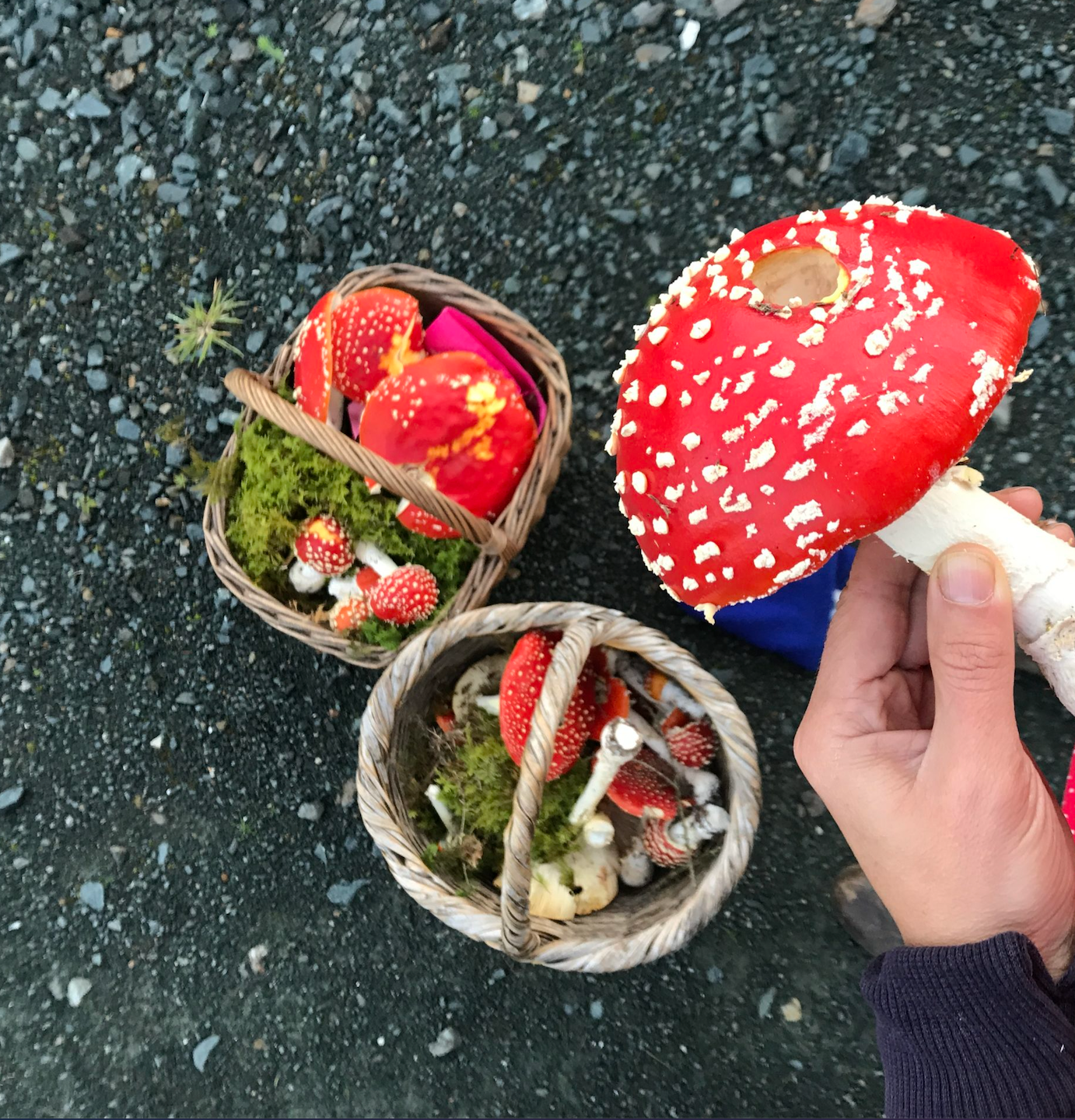
Sustainable Foraging
Foraging is one of the oldest skills adapted by humans, and it is still very present in today's society. Our foragers play a fundamental role in bringing the product from the forest floor to your hands.
When it comes to foraging mushrooms you must be very knowledgeable about the species you are looking for as different mushrooms grow in different environments. They each require specific soil compositions, amounts of light, temperatures, and moisture levels. Many mushrooms also prefer specific types of trees. For example, portobello mushrooms require lots of sunlight to grow and prefer grasslands, while Amanita Muscaria mushrooms require shade and prefer boreal forests. This is why knowing where to look is important, it can cut your foraging time in half.
Once a mushroom has been found, each feature must be inspected to ensure it has been identified correctly. The color of the cap, spores’ color, presence of a ring on the stalk, and appearance of the gills are some of the many ways which you can distinguish between an edible and poisonous mushroom. If the mushroom has been identified correctly it is harvested by being cut at the base or pulled from the ground. They are then stored in a basket or cloth bag to allow the spores to disperse as you move.
AME-1 is a natural extract developed inhouse by leading scientists and wellness professionals. It can be found in our first product, Calm, a tincture that promotes balance and restoration. Calm provides whole-body stress support, leaving the body and mind at ease.
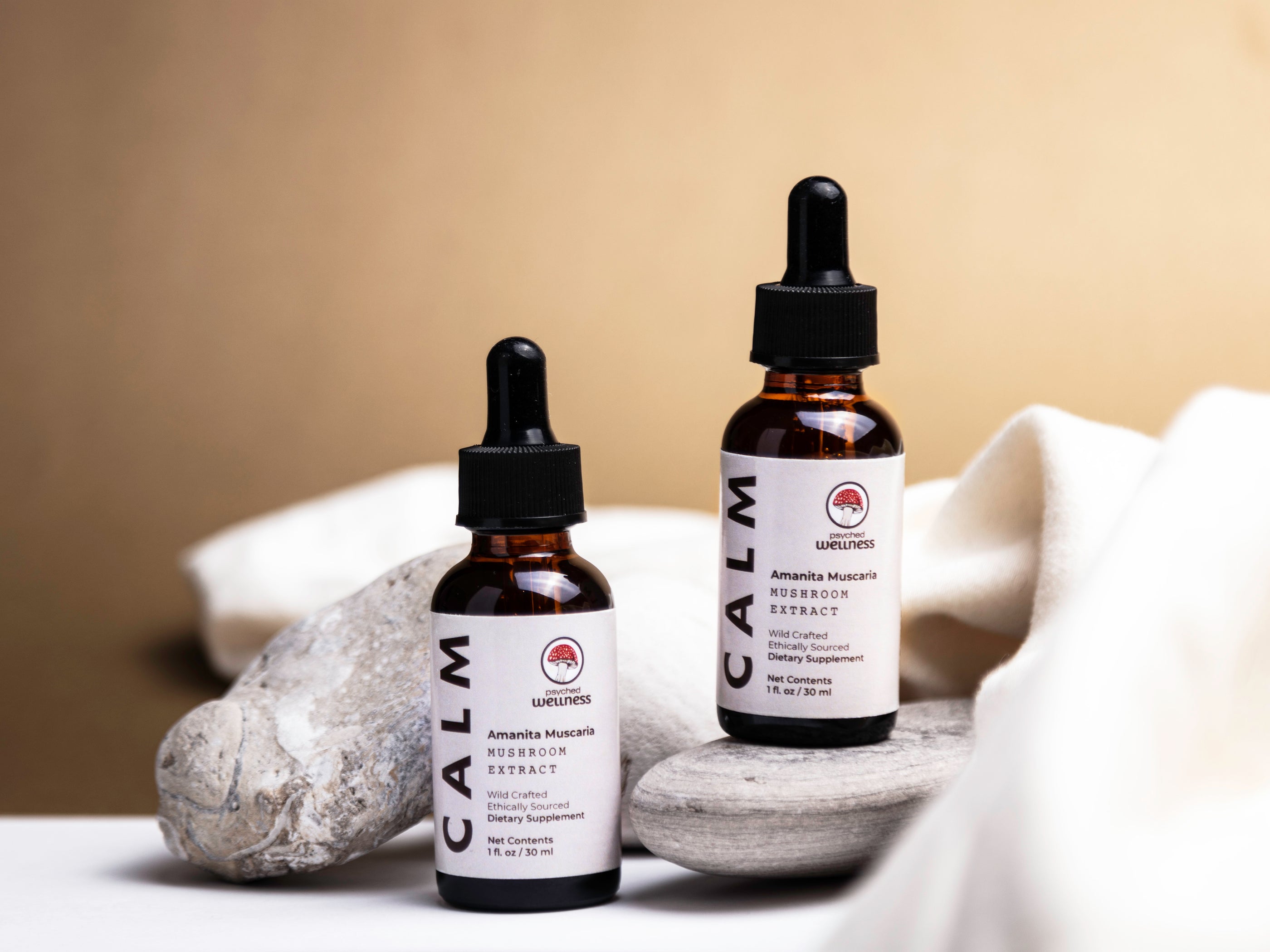
Mushrooms, rediscovered
Modern science has rediscovered what the ancients knew long ago – mushrooms can be deep reservoirs of powerful medicines.


